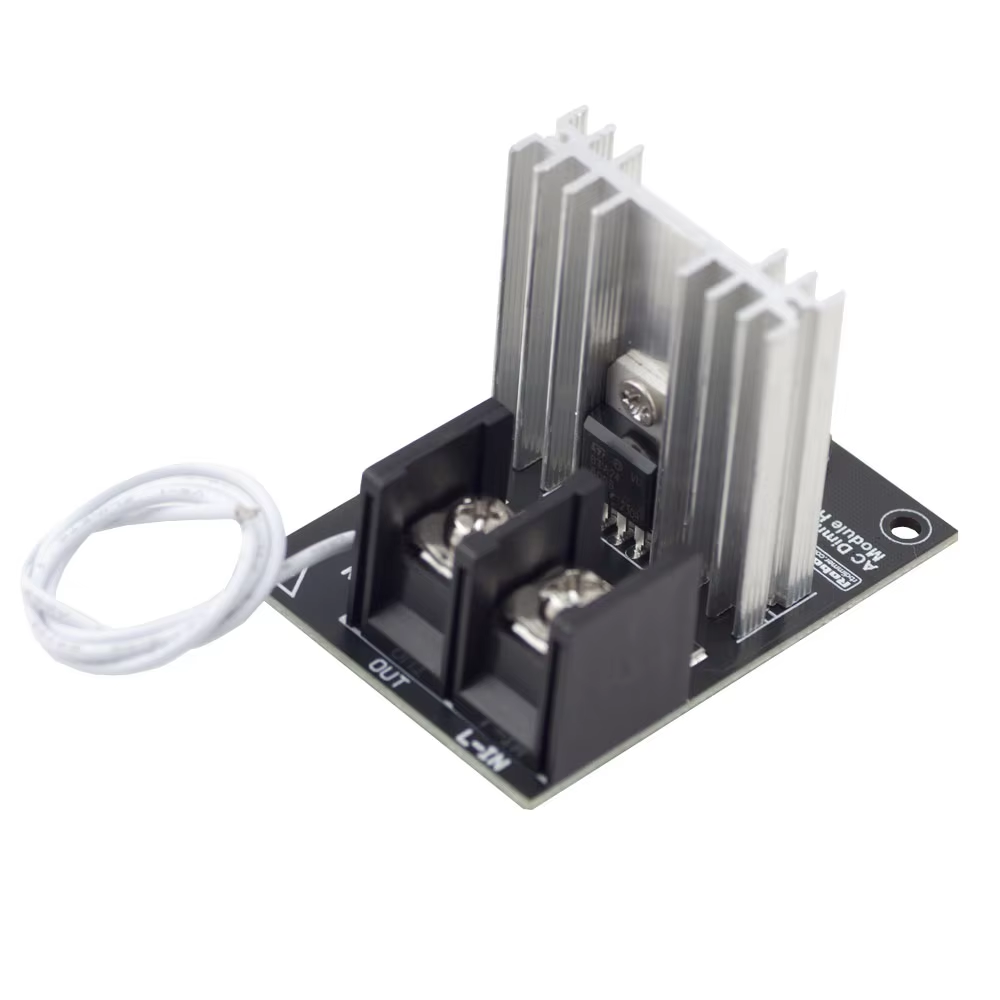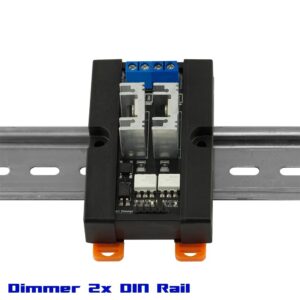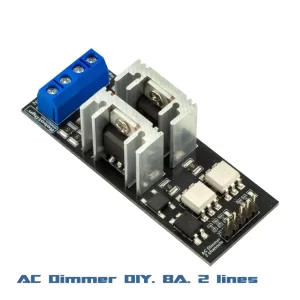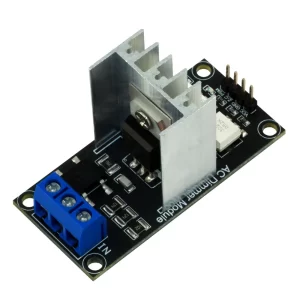The AC Dimmer is designed to regulate alternating current (AC) voltage, capable of handling currents from 16A to 24A at 600V (using TRIAC BTA16 for 600V/16A-24A). However, we recommend staying below the upper limit to ensure optimal performance. This dimmer is commonly used to control high-power devices such as lamps, heating elements, fans, pumps, and air purifiers.
Dimmers are increasingly popular in smart home systems, especially for adjusting light brightness. For instance, lights can gradually turn on or off, creating a comfortable atmosphere. Dimmers work best with filament lamps and are reliable with medium and high-brightness LED lamps, though low-brightness LEDs may exhibit inconsistency. Fluorescent (gas discharge) lamps are not compatible with dimming.
To protect microcontrollers, the power section is isolated from the control section, and it supports both 5V and 3.3V logic levels for easy integration with microcontrollers.
In Arduino projects, the dimmer is controlled using the RBDDimmer.h library, which handles external and process time interrupts. This simplifies code and allows multiple dimmers to be managed by a single microcontroller. The library and example codes are available from the “Documents” section or GitHub, with regular updates provided on our website or via our newsletter.
The dimmer connects to Arduino using two digital pins: one (Zero) for detecting Phase Null and triggering interrupt signals, and the other (DIM/PSM) for adjusting current. The Zero pin must connect to specific microcontroller pins, depending on the model (e.g., Uno, Nano, Leonardo, Mega), as it is tied to the microcontroller’s interrupt function.








i***l –
A little expensive for the simplicity of the circuit and moreover the radiator is too small
F***r –
Perfect
d***c –
parfait
Google Shopper –
c***r –
nikel
Google Shopper –
Very good product; Used with router f1atb
p***C –
T***e –
c***i –
c***r –
Excellent material fast delivery, received before the scheduled date.
Thank you